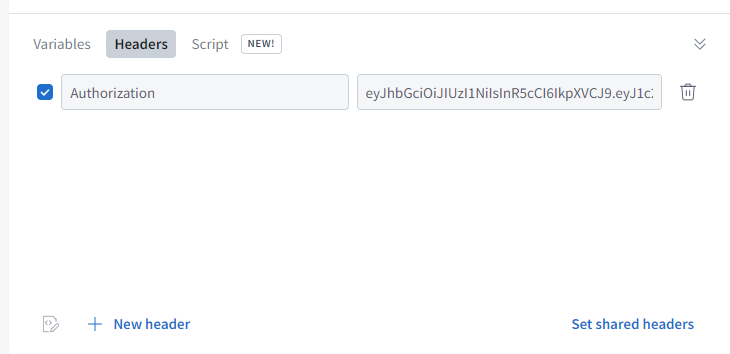这篇“怎么在Angular service中使用TemplateRef”文章的知识点大部分人都不太理解,所以小编给大家总结了以下内容,内容详细,步骤清晰,具有一定的借鉴价值,希望大家阅读完这篇文章能有所收获,下面我们一起来看看这篇“怎么在Angular service中使用TemplateRef”文章吧。
NzNotificationService.templatetemplate(template: TemplateRef, options?: NzNotificationDataOptions): NzNotificationRef;所以我需要自定义的 TemplateRef 来满足我的需求
思路一
可以在 service 中定义方法 从业务组件中传入 但是这样和直接在业务中使用
NzNotificationService.template思路二
给 service 注入 html template
既然不能直接在 service 中书写 html 相关代码 那就沿用思路一的方法
只不过事先在一处与业务无关的地方调用初始化的方法
利用
ng-templatemessage.service.ts
import { Injectable, TemplateRef } from '@angular/core';
import { NzNotificationService } from 'ng-zorro-antd/notification';
export enum EMessageCode {
XXXError = 1024,
YYYError = 1025,
}
export const MESSAGE = {
[EMessageCode.XXXError]: 'XXXError...',
[EMessageCode.YYYError]: 'YYYError...',
};
@Injectable({
providedIn: 'root',
})
export class MessageService {
private templateMap = new Map();
constructor(private notificationService: NzNotificationService) {}
// 初始化 templateRef
public initTemplate(message: EMessageCode, ref: TemplateRef): void {
this.templateMap.set(message, ref);
}
public showMessage(messageCode: EMessageCode) {
switch (messageCode) {
case EMessageCode.XXXError:
return this.notificationService.template(this.templateMap.get(messageCode), {
nzDuration: 0,
});
case EMessageCode.YYYError: {
return this.notificationService.error('YYYError', MESSAGE[EMessageCode.YYYError]);
}
}
}
public removeMessage(messageId?: string) {
this.notificationService.remove(messageId);
}
}message-service-virtual-ref.component
import { Component, TemplateRef, ViewChild, AfterViewInit } from '@angular/core';
import { EMessageCode, MessageService } from './message.service';
@Component({
selector: 'app-message-service-virtual-ref',
template: ` There are XXXError, you must refer to
something
to check out `,
})
export class MessageServiceVirtualRefComponent implements AfterViewInit {
@ViewChild('xxx_ref') xxxTemplateRef!: TemplateRef;
constructor(private messageService: MessageService) {}
ngAfterViewInit(): void {
this.messageService.initTemplate(EMessageCode.XXXError, this.xxxTemplateRef);
}
}版权声明:除特别声明外,本站所有文章皆是本站原创,转载请以超链接形式注明出处!








